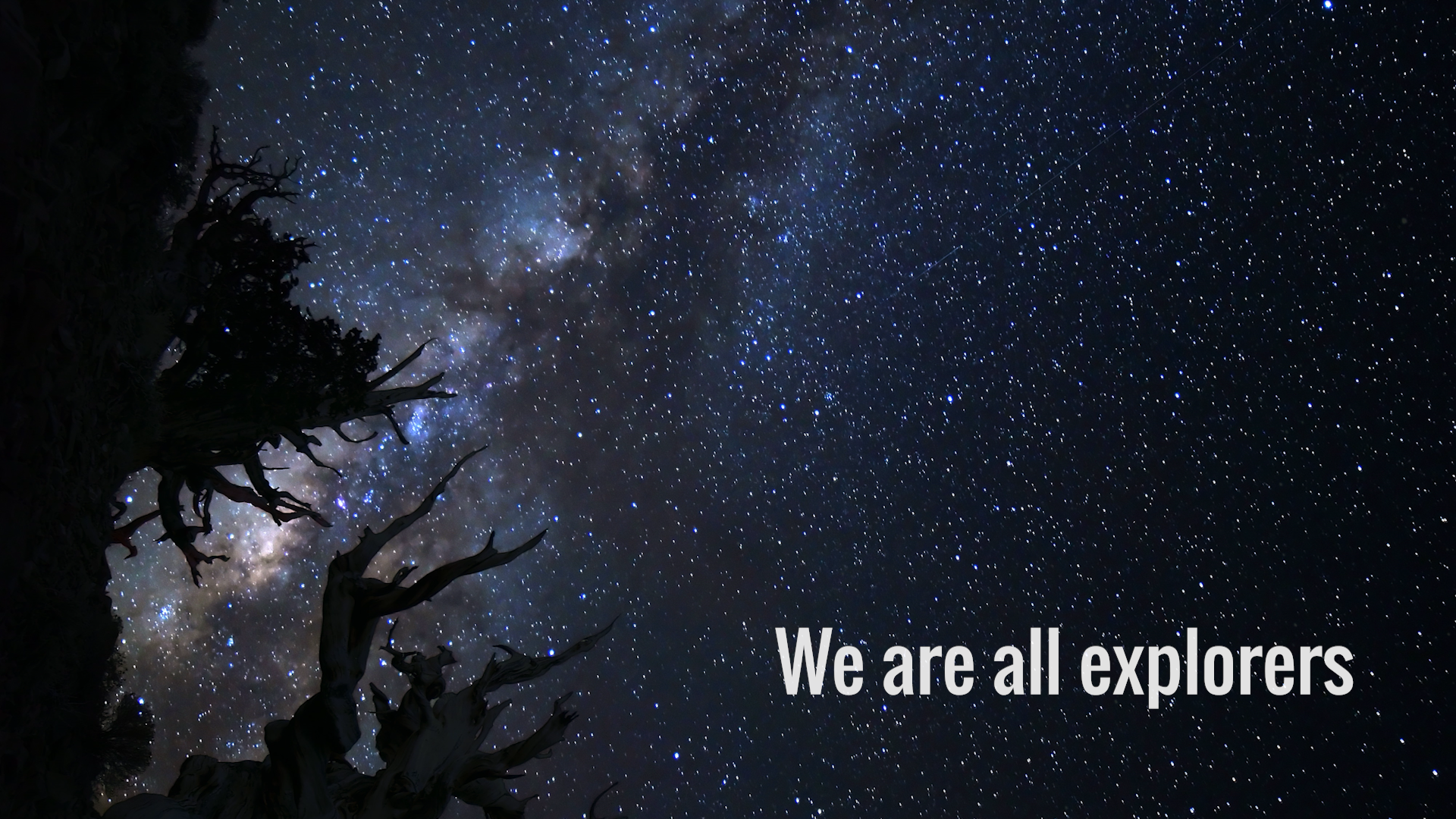Explorer 1

60 years ago we launched humanity’s first science satellite, Explorer 1.
Explorer 1 marked the United States’ first step into the dawn of the Space Age. Just three months prior in November, 1957, the Soviet Union had launched humanity’s second satellite into orbit. By this point, the United States was under immense pressures to compete with the Soviet achievement, which only mounted when the U.S. Navy's Vanguard rocket exploded on the launch pad with the United States' first attempt to launch a satellite. Explorer 1 had been in the works at the Jet Propulsion Laboratory and was quickly readied for launch. On January 31, 1958 it made orbit and became not only the first U.S. satellite, but also the first science satellite. Its first discovery was of the Van Allen radiation belts, a collection of charged particles trapped in the Earth’s magnetic field. Trapped there, the charged particles don't harm Earth or life on it, but they can pose a threat to orbiting satellites and astronauts. Understanding the dynamics of this region is essential for protecting technological assets and planning crewed space missions. This discovery opened the doors of space exploration, the first of many in the last 60 years about our planet, our solar system and the cosmos. Watch the video to learn more.
The world of 1958 was very different from today. Learn about Explorer 1's launch, months before the founding of NASA.

Explorer 1 launched from Cape Canaveral, Florida aboard a Jupiter-C rocket developed by the Army Ballistic Missile Agency in Alabama.

Explorer 1's instrument was a cosmic ray detector: a Geiger counter attached to a miniature tape recorder, designed by James Van Allen.

Explorer 1 gave humanity its first glimpse of two of Earth’s radiation belts. A third was discovered by NASA's Van Allen Probes in 2012.
For More Information
See NASA.gov
Credits
Please give credit for this item to:
NASA's Scientific Visualization Studio
Diagram of Explorer's 1 Instrument , Credit: NASA/Marshall Space Flight Center
Image of Earth's Radiation Belts, Credit: NASA's Goddard Space Flight Center/Johns Hopkins University, Applied Physics Laboratory
-
Producer
- LK Ward (USRA)
-
Writers
- Mara Johnson-Groh (Wyle Information Systems)
- Miles Miller-Dickson (Student, University of Maryland College Park)
Release date
This page was originally published on Monday, September 24, 2018.
This page was last updated on Wednesday, May 3, 2023 at 1:46 PM EDT.
